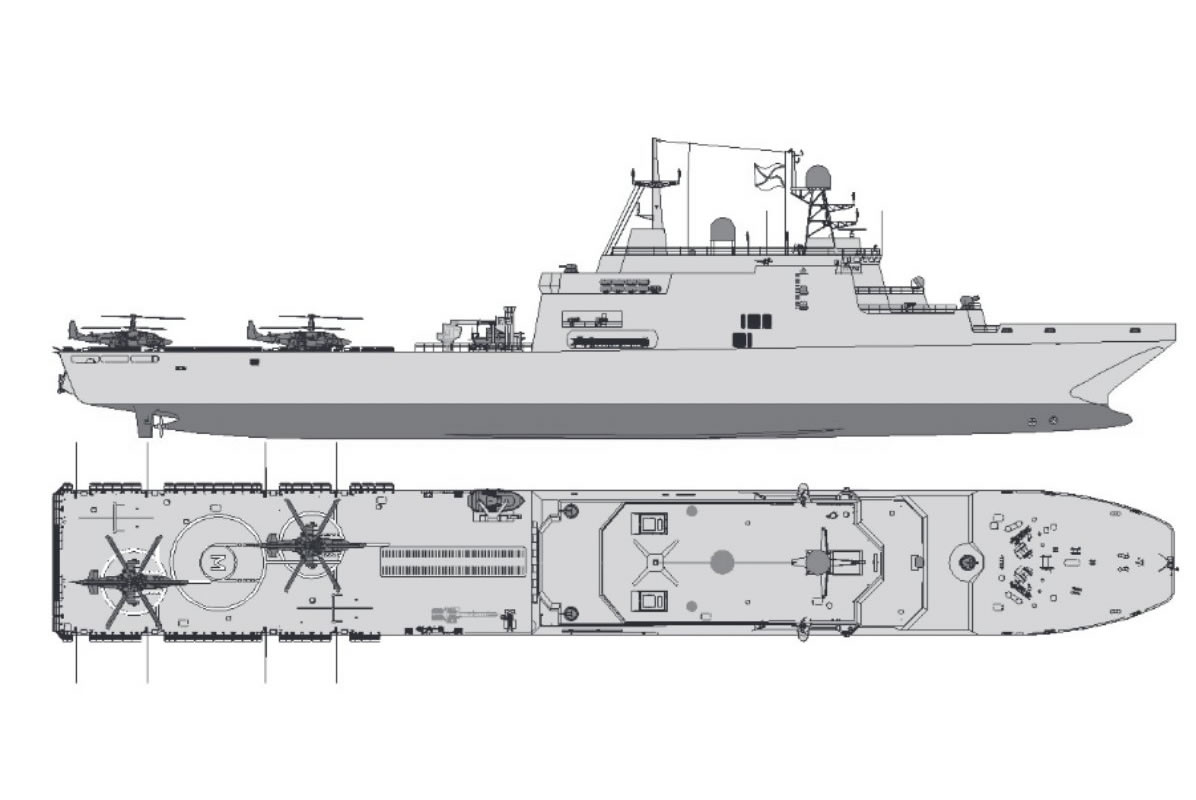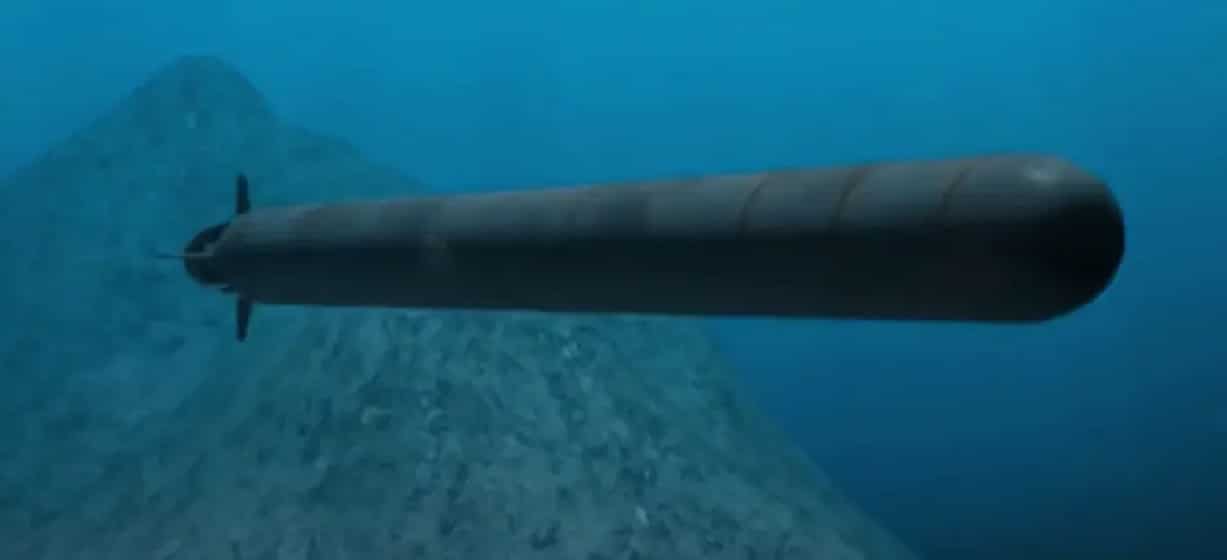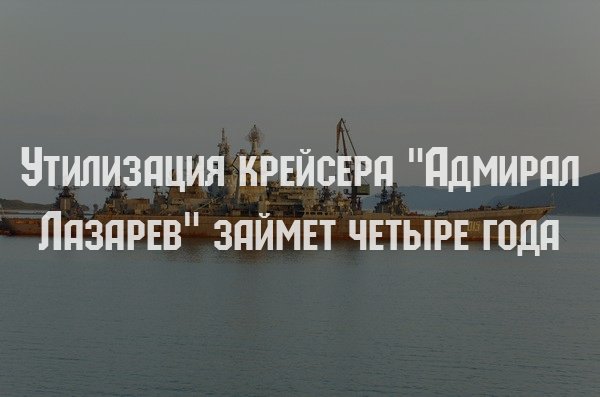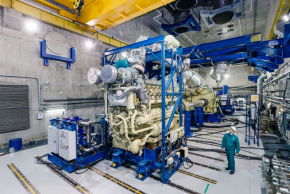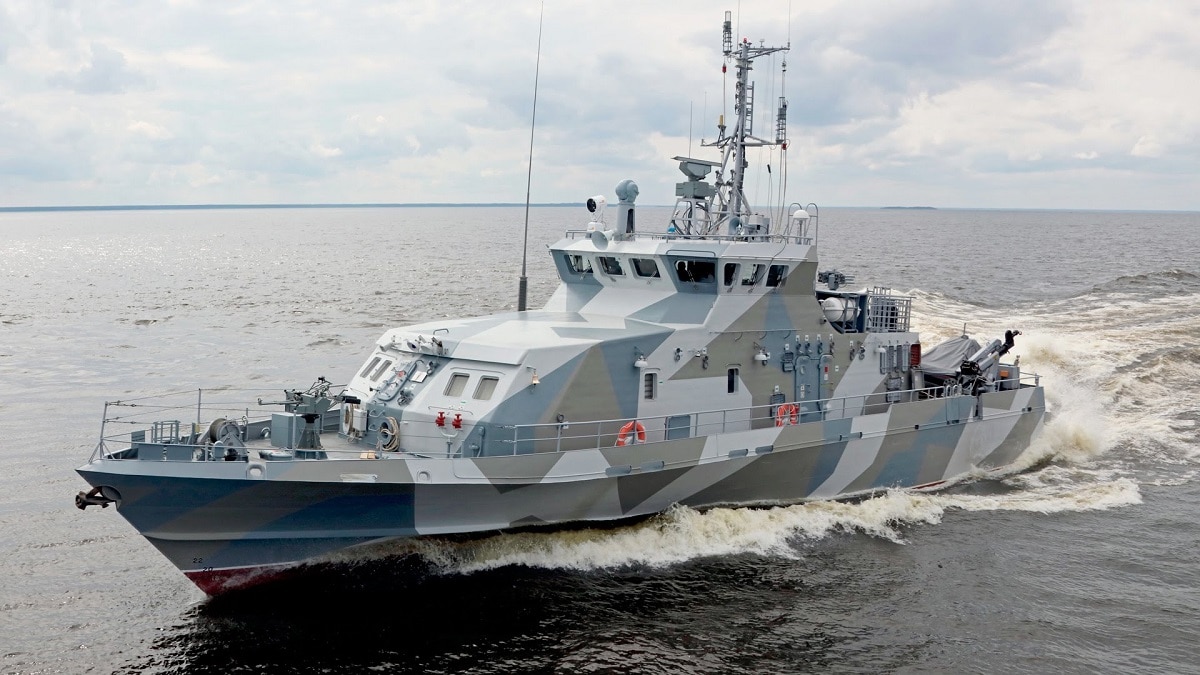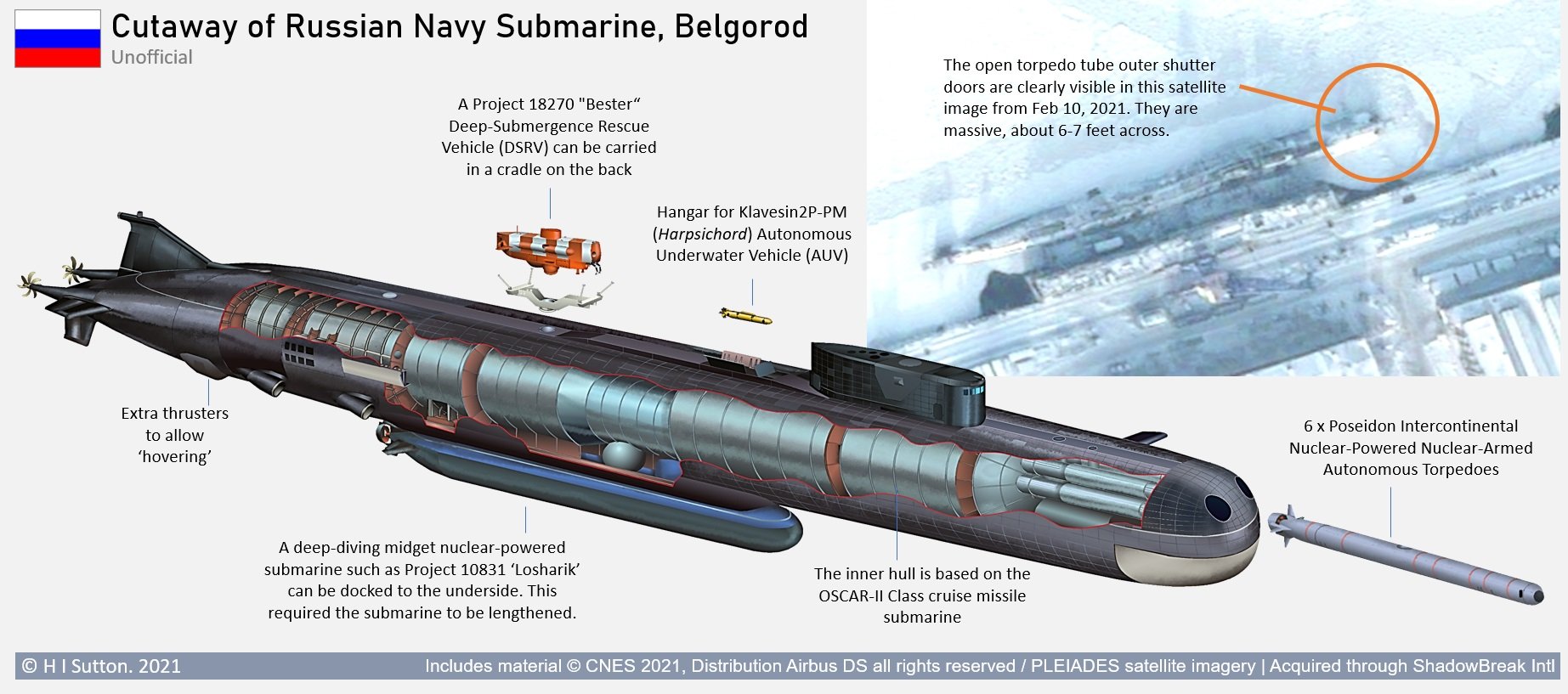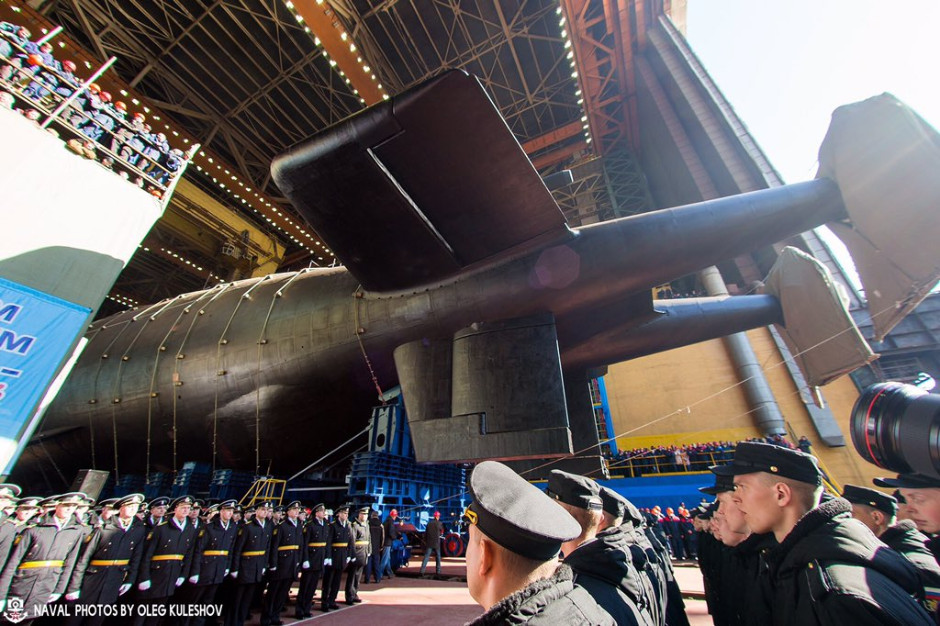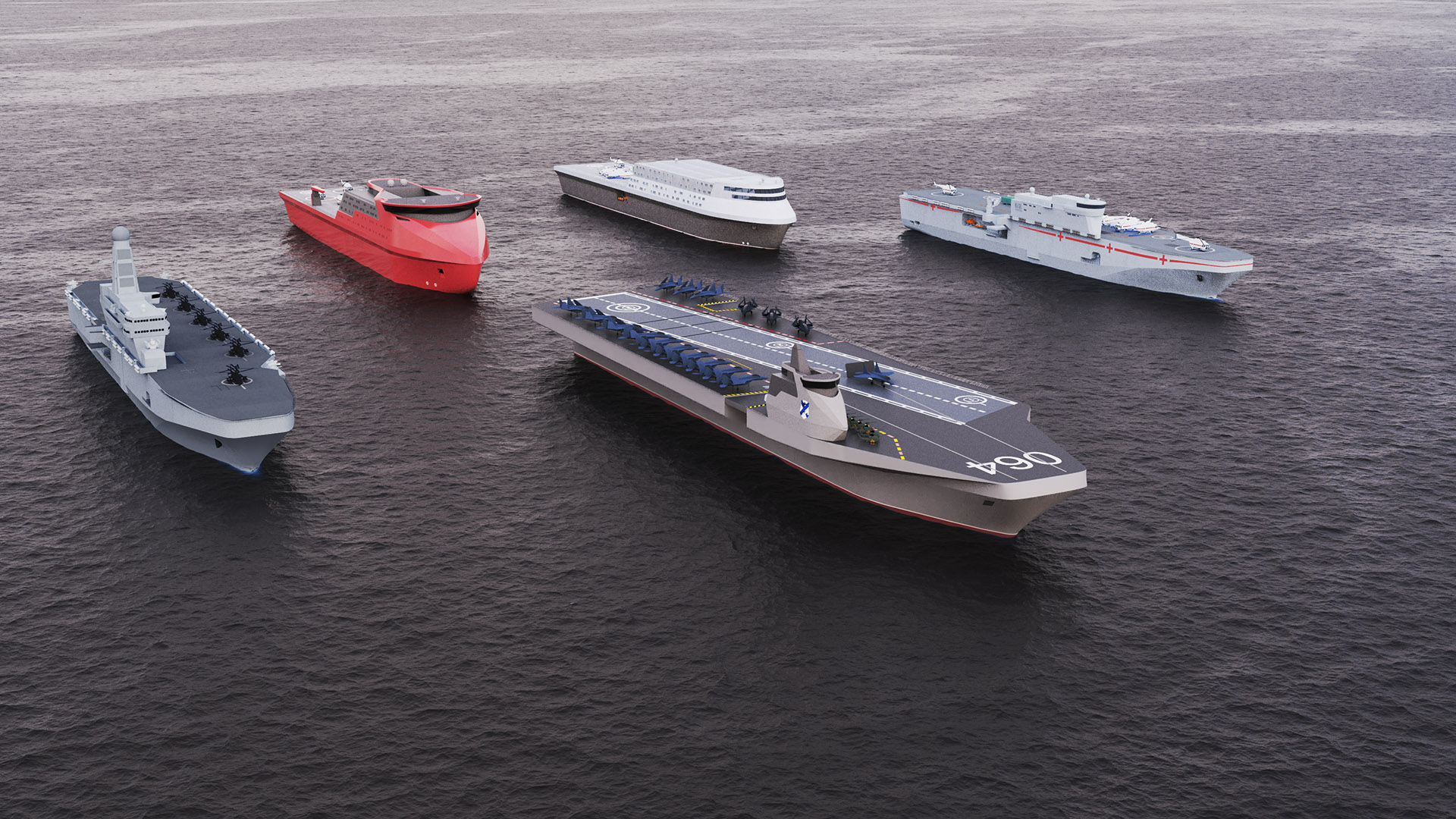Don't they operate a number of Mig-31Ks with plans to fit Tu-22Ms with Kinzhals as well? Perhaps the lack of coordination exercises is due to not considering such a scenario possible in the near term. I am under the impression that military aircraft are much easier for Russians to make and operate than warships. Am I wrong on this?
I think this is important to highlight. Traditionally the USSR pioneered and developed maritime missile strikes as a concept, and did it on such a scale and to such an extent that it had geo-strategic implications. Some of the equipment used for that still exists today, emphasis on some. This often leads casual observers to think that Russia has retained this capability, and thus poses a threat to foreign CVBGs. Unfortunately (or fortunately if you're the owner of one of those CVBGs) Russia hasn't. The AVMF today fields several combat regiments that primarily consist of Su-24s and Su-27s, with some MiG-31s (iirc it's either one regiment or one squadron out of Kamchatka, and one regiment or squadron in the Northern Fleet). The Su-24s and Su-27s have been slowly getting replaced by the Su-30SM, which is in principle a good aircraft for the AVMF, and is relatively cheap, though it requires modernizing at this point. The AVMF also operates Il-38s, Il-38N, and Tu-142, that can all be theoretically used as MPA.
Combat regiments look as follows (forgive me if my information isn't 100% up to date):
Northern Fleet
2 carrier fighter regiments, one flying Su-33s, one flying MiG-29Ks, neither at full strength (due to accidents)
1 MiG-31 regiment
1 Su-24MR squadron (part of a mixed regiment)
~1 squadron of Tu-142s (how many are operational is unclear, some are, likely not all)
unknown number of Il-38s, some Il-38Ns with the Novella system
Baltic Fleet
2 fighter regiments, one rearming from Su-24s and Su-27s to Su-30SM (iirc Su-27s are all replaced already), one still flying Su-27SM
no MPA of any kind
Black Sea Fleet
1 fighter regiment rearming from Su-24s to Su-30SMs (iirc one squadron has been replaced)
no MPA of any kind
Pacific Fleet
1 fighter regiment on MiG-31BM in Kamchatka
1 mixed Il-22 and Il-38 regiment Kamchatka
1 squadron of Tu-142s (again unclear how many operate) in Primorye
some quantity of Il-38s, organization unclear
With this in mind, what kind of maritime strike operations can they perform? The Su-30SM and Su-24 can carry the Kh-31A and theoretically MD variants. This is a Soviet-era tactical AShM with the A variant having a range of iirc 70 kms. Realistically, unless you're hoping the VVS will provide the escorts, most fleets can at most dedicate a squadron to a strike, with aircraft from the second squadron supporting as escorts. Baltic and Northern Fleets have more aircraft, sort of. The Northern Fleets two carrier fighter regiments, if used for regular maritime strike, make a difference, but they have almost no other strikers. If they dedicate their MPAs and their Su-24MRs to recon, and use the MiG-31s as escorts (suboptimal at best of course) then they can potentially dedicate ~2 squadrons to a single strike. Again this is assuming all kinds of things not in evidence (like coordination exercises on a multi-regiment level). The Baltic fleet can also, theoretically perform a regiment-sized strike (carrying 2 Kh-31s each, that's a volley of 24 AShM). The Pacfic Fleet has effectively no maritime strike capability of any kind. Their only combat jets are MiG-31s out of Kamchatka. But the Baltic Fleet has no MPAs (so realistically some of their remaining Su-24MRs would have to work recon to get the rest on target) and the Pacific Fleet has a gigantic AOR for even their decent-sized force of MPAs.
Again this is all without taking into consideration enemy action. This is simply an exercise, find and sink a moving target. When you throw in that many of the "MPA" listed will actually be dedicated to ASW in a real war, and that many of these MPAs make for easy targets for enemy aircraft, and that inevitably some combat jets will have to be dedicated to counter-air operations in support of them, the availability of combat jets for strikes shrinks even further. Consider that the Su-30SM could very well carry both the X-35U and the Oniks/Yakhont family but this has not been seen, at least by me, to date. On the one hand I'm honestly not sure why (traditional Russian problems with cross-platform integration? But the MKIs carry the Brahmos, and the Su-34s carry the X-35...). On the other hand, even if they did, we're still not going to see swarms of Russian jets attacking anyone's naval battle groups any time soon, primarily because they are not planning for it.
In point of fact the types of assets that could be highly useful in this scenario (again theoretically) are all in the VVS, the Tu-95s and Tu-160s with their long range and large combat load, the A-50Us that could be used not only for AEW but also (at least in theory) to look for enemy surface combatants, the tankers that could extend the range of many of these aircraft patrolling over the ocean. It's extra interesting that the VVS Su-34s have practiced for maritime strikes, primarily as single aircraft, and in pairs, using X-35s. But, last I checked none are in the Far East, and all the strikes were in relatively simple scenarios (easy targets near the coast of Syria, and the Caspian). The giant AoR of the Pacific Fleet, with multiple neighbors that operate very powerful navies (US, RoK, Japan, China) is deprived of maritime strike capability almost completely. And this is probably because Russian planners don't consider a conflict there particularly likely.
I hope this puts to rest dreams of Sovietesque bomber fleets torching western (or Chinese) naval groups in a battle over the Kurils/North Atlantic/Mediterranean/New Zealand/[insert pet future battlefield here].

